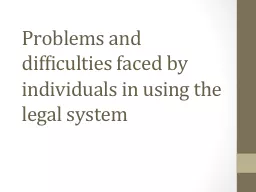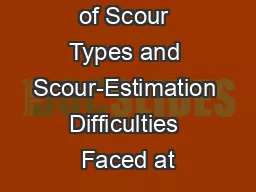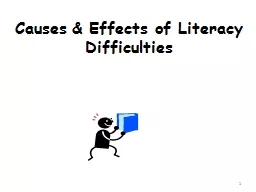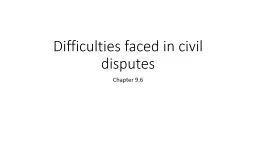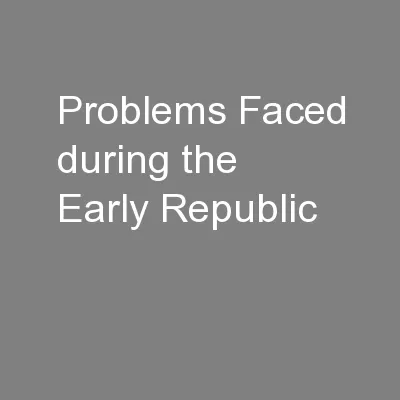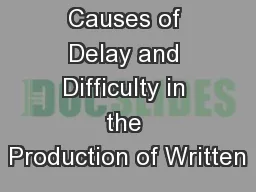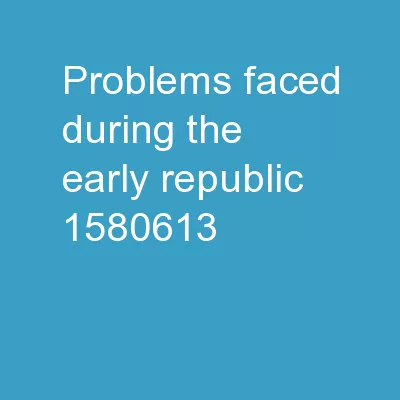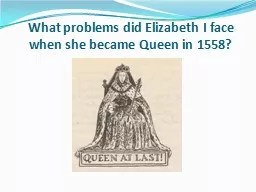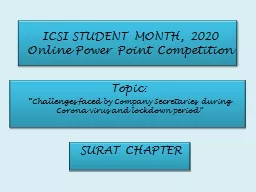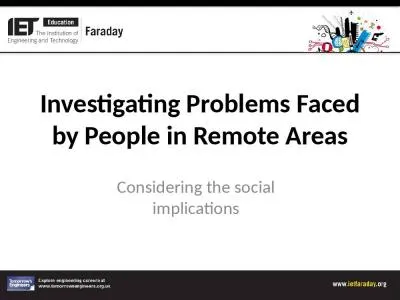PPT-Problems and difficulties faced by individuals in using the legal system
Author : alexa-scheidler | Published Date : 2018-03-09
Some individuals may face difficulties when trying to use the legal system due to their financial status social or cultural differences as well as structures and
Presentation Embed Code
Download Presentation
Download Presentation The PPT/PDF document "Problems and difficulties faced by indiv..." is the property of its rightful owner. Permission is granted to download and print the materials on this website for personal, non-commercial use only, and to display it on your personal computer provided you do not modify the materials and that you retain all copyright notices contained in the materials. By downloading content from our website, you accept the terms of this agreement.
Problems and difficulties faced by individuals in using the legal system: Transcript
Download Rules Of Document
"Problems and difficulties faced by individuals in using the legal system"The content belongs to its owner. You may download and print it for personal use, without modification, and keep all copyright notices. By downloading, you agree to these terms.
Related Documents

